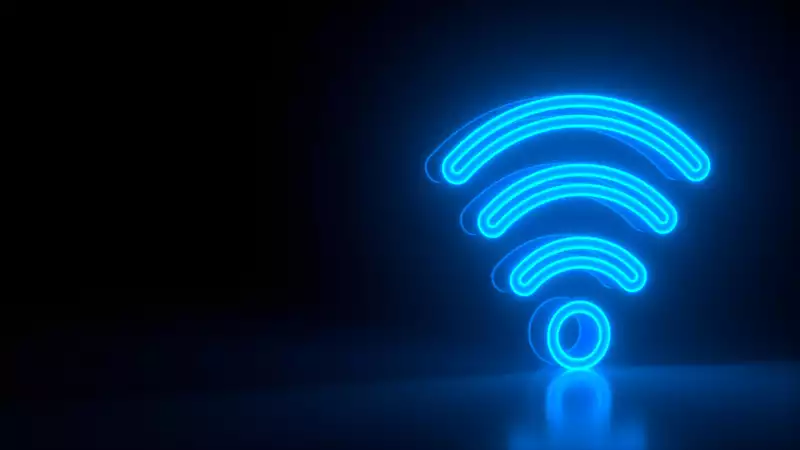After a long period of development, the Wi-Fi Alliance has officially begun certification of Wi-Fi 7 devices. This paves the way for mass adoption of the new standard and will provide more seamless interoperability. Until the next standard arrives, Wi-Fi networks are expected to improve dramatically, with faster, more reliable connections and shorter latency times. The latter is something gamers will appreciate.
Wi-Fi 7 can theoretically provide throughputs in excess of 40 Gbit/s. This is fast enough to replace consumer-level wired Ethernet. However, speed is only one of the many advantages offered by Wi-Fi 7, which is designed to better handle multiple simultaneous connections or to maximize performance over a single connection. A key feature is Multi-Link Operation (MLO), which dynamically allocates different channels and frequencies for superior performance with lower latency and less interference.
Connectivity in the 6 GHz band, along with a wider channel width of 320 MHz, will allow multiple devices to access speeds in the multi-gigabit range. homes with many devices such as PCs, phones, and laptops can use Wi-Fi 7 to stream 4K video and tetherless AR and VR service delivery, etc.
But Wi-Fi 7 is not just about raw speed and multiple device support. Low latency is something gamers can take advantage of. Those who have been frustrated by poorly performing, crowded, or congested networks will be pleased with what Wi-Fi 7 offers One of Wi-Fi 7's less-emphasized features is 512 Compressed block-ack, a feature that allows users to use the Wi-Fi 7 network to access a network with a single device. In addition, triggered uplink access improves performance for latency-sensitive applications.
Pre-certified Wi-Fi 7 devices have been available for some time. This is a feature that has received a great deal of attention on many Z790 refresh motherboards, and several manufacturers have already released Wi-Fi 7-capable routers. As long as you regularly check for firmware and software updates, these devices should work seamlessly with certified Wi-Fi 7 devices.
However, there is no rush to upgrade to Wi-Fi 7; Wi-Fi 7 will be with us for years to come. Even today, Wi-Fi 6E routers carry a price premium, especially at higher bandwidths, and high-end Wi-Fi 7 routers will remain expensive for the foreseeable future. At the very least, older Wi-Fi devices will work, although not exclusively for Wi-Fi 7.


Comments